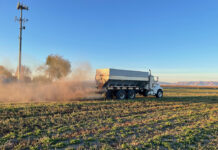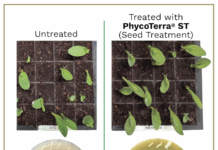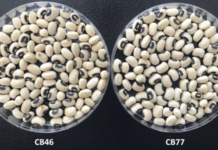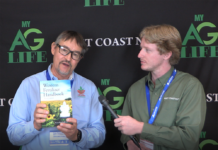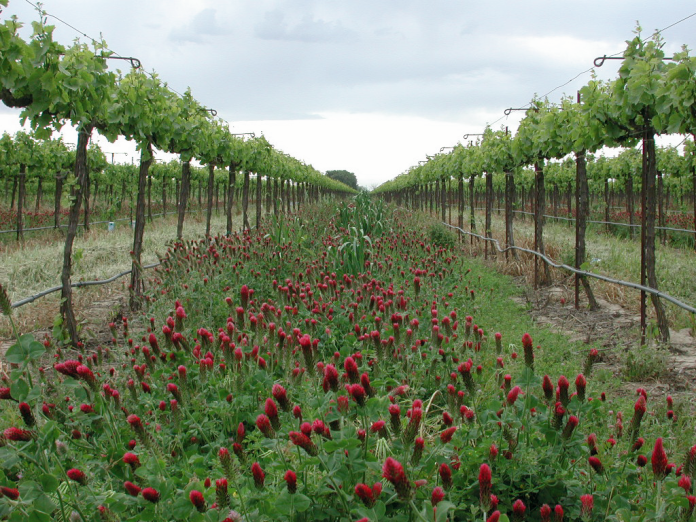
What are the Lodi Rules for Sustainable Winegrowing (LODI RULES), which entered its 16th year in 2021? It is a set of farming practices that result in higher quality winegrapes and wine according to grower and winemaker panelists on a recent webinar entitled ‘Boots on the Ground – A masterclass in sustainable viticulture & LODI RULES,’ a collaboration of the SommFoundation and the Lodi Winegrape Commission and hosted by Elaine Chukan Brown.
On a technical level, LODI RULES is California’s first third-party certified sustainable winegrape-growing program. It was initially developed for growers in Lodi’s Crush District #11 but made available to any California winegrape grower in 2008, expanded to Israel (Golan Heights Winery) in 2017 and Washington State winegrape growers in 2020. LODI RULES encompasses more than 120 farming practices, some of which will be discussed in this article, and is certified by Protected Harvest, a non-profit third-party certifier of sustainable farming programs.
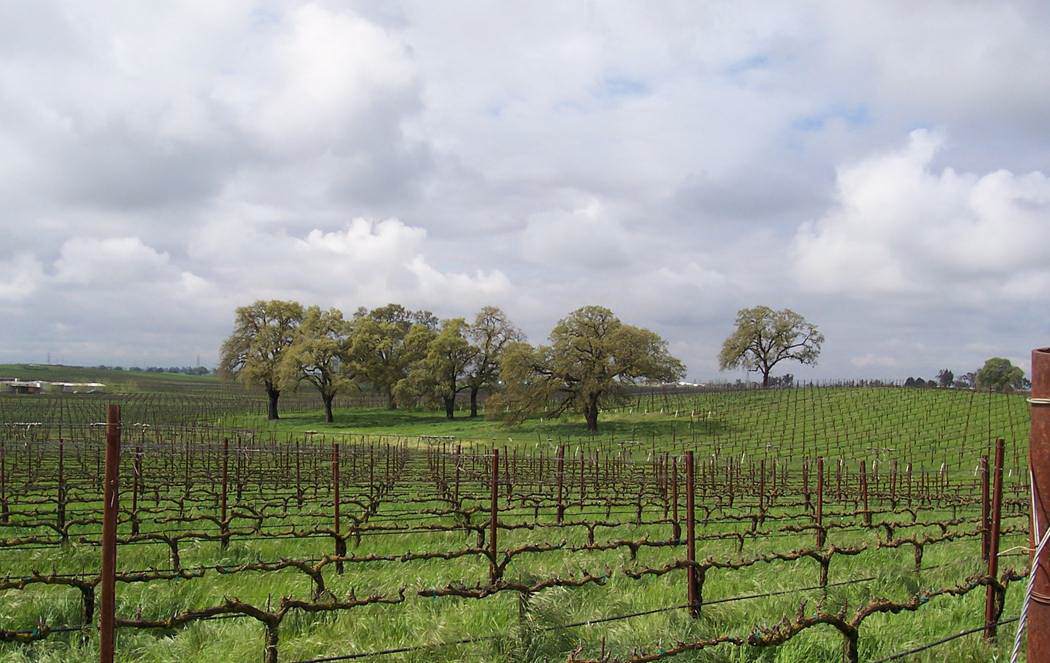
Origins of LODI RULES
From 2003 to 2004, I led the team of 22 winegrape growers, Lodi Winegrape Commission staff, crop consultants, PCAs, UC Farm Advisors, a wildlife biologist and a winemaker to create the first edition of the LODI RULES farming standards. They were based on what the team considered to be the most sustainable farming practices in the Lodi Winegrowers Workbook (Ohmart and Matthiasson 2000.) They were then submitted to Protected Harvest for scientific peer review and endorsed in 2005. The LODI RULES farming standards have been updated twice since then. The program has grown from six growers and 1200 vineyard acres in 2005 to more than 130 growers and 68,000 acres participating in 2021. In 2008, one winery started paying bonuses for LODI RULES certified grapes, and since then, many others have followed suit. One estimate has the annual bonuses exceeding $2 million.
The LODI RULES is organized into six chapters: Business Management, Human Resources Management, Ecosystem Management, Soil Management, Water Management and Pest Management. Each farming practice standard is assigned a number of points based on its assessed level of importance in sustainable winegrowing. To achieve certification, a vineyard must be farmed using practices that score 50% or more of the total possible points in each chapter and 70% of the points in the six chapters combined. The purpose of this scoring is so that a vineyard does not obtain certification while performing poorly in one chapter but very high in all the others. Furthermore, pesticides used in the vineyard are run through a pesticide risk model that calculates risk points for each application. To achieve certification, the risk points from the year’s pesticide applications cannot exceed a rigorous risk points threshold.
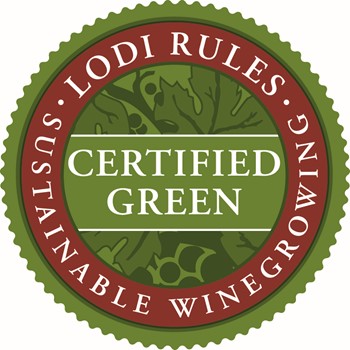
Independent professional auditors are contracted by Protected Harvest to audit annually the practices being used in each participating vineyard. An on-site audit is done on any vineyard new to the program and at least every three years after that. A desk audit is done each year for every vineyard not visited on-site. And finally, a grower is chosen at random each year for an audit to be done with a 48-hour notice. This ensures all growers are up to date with their records and practices. The auditors submit their reports to Protected Harvest near harvest for final certification decisions.
I will now highlight a few of the practices in each of the LODI RULES chapters. I will remind you that there are more than 120 practice standards, so I am only able to touch on a few of them. For a complete copy of the LODI RULES farming standards, go to lodigrowers.com in the grower resources section. A farming practice standard is a description of a practice that is required to be done in order to qualify for the points awarded for doing the practice. It is very specific and is described in a way that enables an auditor to clearly verify the practice is being done during the onsite audit of the vineyard being certified.
Business Management
The very first farming practice standard in LODI RULES is the requirement that a grower attend a LODI RULES workshop sponsored by the Lodi Winegrape Commission where they learn how to develop a sustainable management vision plan for their farm. They then need to draft the plan that contains elements that they were introduced to in the workshop.
One might ask, ‘Why is having a sustainable management vision plan for the farm so important?’ I will answer this question by quoting one of my favorite Yogi Berra statements: “If you don’t know where you are going, you may end up some place else!” Sustainable winegrowing is a long-term commitment and needs long-term goals so one has a target to aim for.
Other important practices in the chapter are developing plans for leadership succession within the farming enterprise and business risk management as well as tracking fuel and electricity use following the adage if you can’t measure it, you can’t manage it.
Human Resources Management
The first practice standard in the chapter is to develop a human resources management plan for the farm. Other practice standards relate to team building, employee training and development, employee performance evaluation, employee orientation, providing health care and benefits, safety training and a safety rewards program.
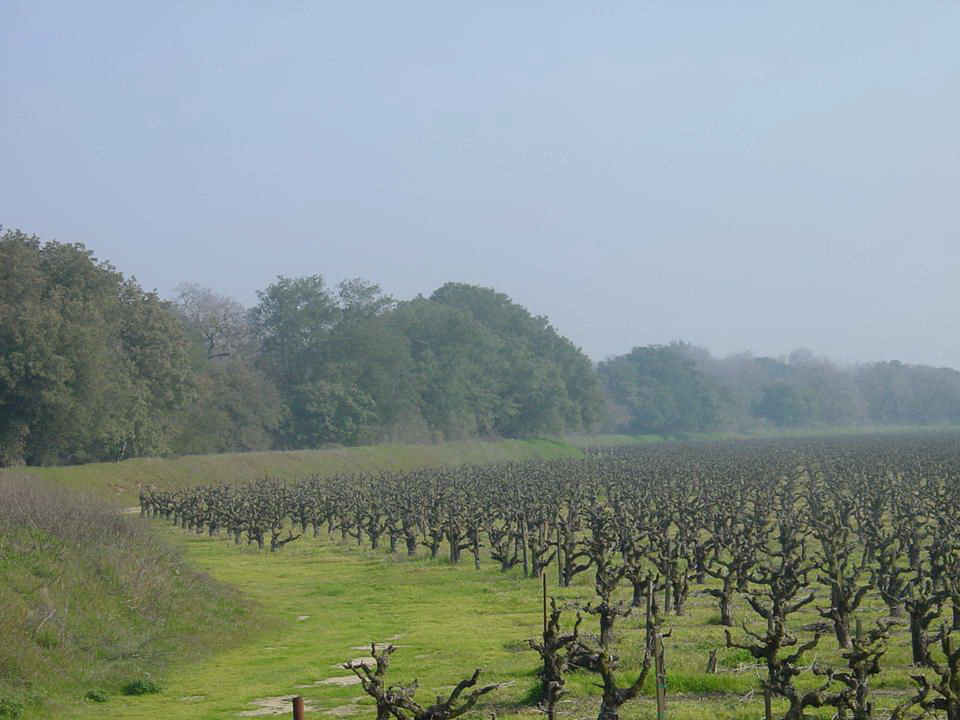
Ecosystem Management
The farming practice standards for ecosystem management focus primarily on parts of the farm that are outside the vineyard. They start with an environmental survey to identify and document important environmental features such as swales, riparian areas, trees, woodlands or vernal pools whose presence would impact how the farming is done in the vineyard.
This is followed by the development of an Ecosystem Management plan for the farm. Then there is a series of detailed farming practice standards for managing important ecosystem elements from cover crops in the vineyard, vegetation adjacent to the vineyard, and, if present, managing woodlands, individual trees, seasonal wetlands or riparian habitat.
There are other practice standards focused on biodiversity and providing nesting boxes for owls, birds and bats. And finally, if a grower has grazing animals on the farming, a grazing management plan needs to be developed and implemented.
Soil Management
The soil management chapter starts with farming practice standards for developing and implementing a nutrient management plan based on vine needs over the season, a soil conservation plan to minimize erosion due to wind and water and a soil map confirmed by soil coring or a soil pit. No tillage and maintenance of a cover crop every vine row gets the most practice points because these practices promote soil health through better drainage, increased organic matter content, increased soil moisture holding capacity and better soil microbial activity.
Soil and vine tissue sampling is required to be done to monitor the nutrient availability and status in vine tissue so as to guide nutrient additions if they are determined to be necessary. Several farming practice standards address nitrogen management due to its importance in vine performance as well as its mobility in the soil, making it prone to leaching into the ground water during winter rains.
Water Management
Water management is a critical element of sustainable winegrowing because it is a precious resource in California as well as the recognized fact that irrigation management is one of the most important ways to influence winegrape quality and therefore wine quality. The chapter starts with a practice standard for the development and implementation of a water management plan that states goals and strategies, followed by a focus on soil water holding capacity, water intake rate and permeability, and irrigation system design and performance measuring and monitoring.
Due to the importance of a properly performing irrigation system, several standards focus on amount of water used, maintenance, distribution uniformity and pump efficiency, with practices specific to micro, sprinkler or flood systems. There are also practice standards for irrigation scheduling based on monitoring vine water demand, level of soil moisture and avoidance of offsite movement of irrigation water.
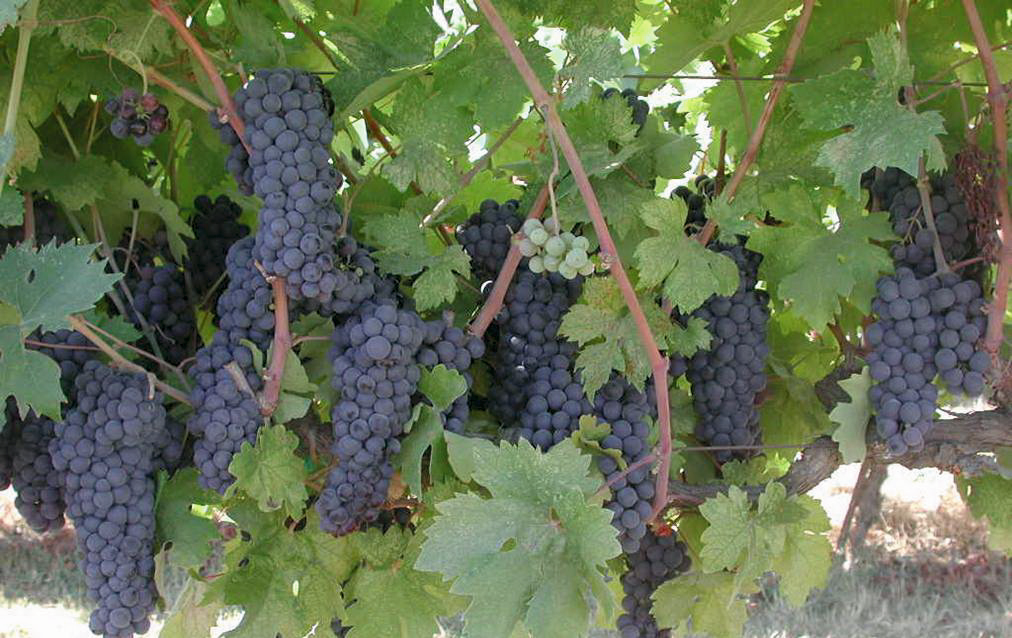
Pest Management
I have long felt that pest management is one of the most challenging areas of sustainable winegrowing to capture in a set of farming practice standards. That is because, ideally, pest problems in the vineyard are minimal due to the grower having implemented a whole range of preventative practices that preclude the development of pest problems. In other words, much is done to minimize the need for a pest control action. Many of these preventative practices are captured in farming practice standards in other LODI RULES chapters such as Water, Soil and Ecosystem Management.
The Pest Management chapter begins with a standard for development and implementation of an insect and mite management plan. It is followed by one for insect and mite population monitoring and data recording and another specifying economic thresholds for management actions against leafhoppers and mites.
There are several practice standards for disease management due to its importance in developing an economically acceptable yield, quality winegrapes and ensuring the maximum length of life for the vineyard. The first is the development and implementation of a Powdery Mildew management plan given the key role this disease plays in vineyard management. There are practice standards for when to initiate mildew treatments in the early stages of the growing season, the subsequent timing of treatments as the season develops as well as one for managing fungicide resistance. There are also practice standards for managing Botrytis and canker diseases.
Weed and vertebrate pest management are addressed through standards requiring the development and implementation of weed and vertebrate pest management plans followed by ones for monitoring and recording their respective populations.
When a pest problem needs an action, it is often in the form of spraying, whether it is due to an insect, mite, disease or weed. We all appreciate the importance of sprayer calibration and maintenance, but it is often challenging for many growers to do them in a timely manner. Therefore, there are practice standards that thoroughly address these two critical aspects of pest management.
Pest problems change through time and it is important that the LODI RULES keep up with them. New practice standards are periodically added when revisions to the program are made. For example, given the rapid rise in the importance of leaf roll and red blotch viruses and the vectoring of some of them by Vine Mealybug, new sustainable practice standards have been written to address this issue and will be added to the program in 2022.
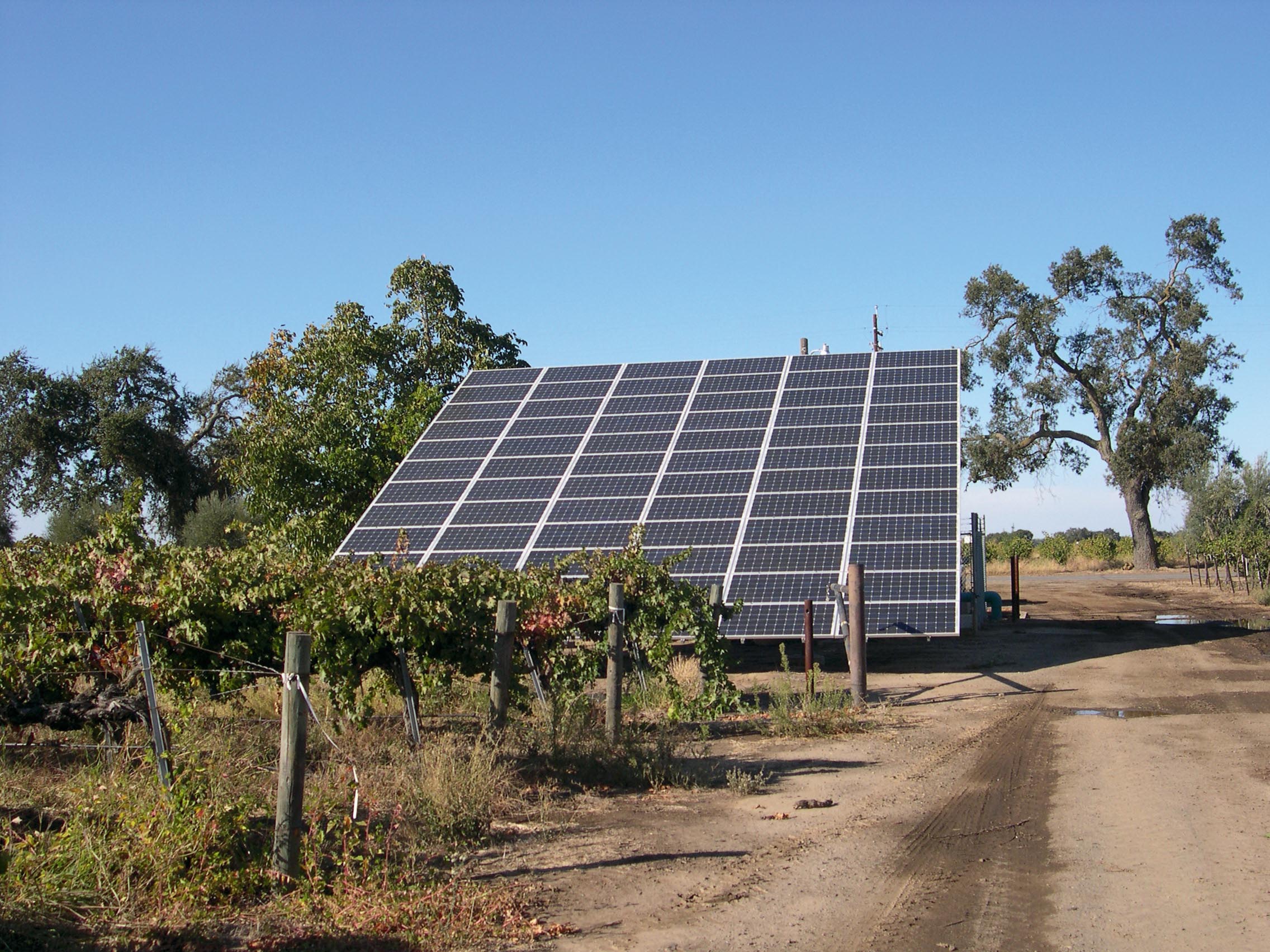
Certification
I often hear growers say, ‘Of course I farm my vineyard sustainably, why do I need to be certified?’ One reason is that more and more wineries are requiring certification to obtain and maintain a winery contract. That, however, is a cost of doing business requirement, which is not something that is all that inspiring for a grower.
Two primary goals for the team that created the LODI RULES was that implementing them would result in higher-quality winegrapes and help a grower improve their farming operation. Based on the feedback from growers in the program and wineries that are paying bonuses for LODI RULES certified winegrapes, I think these goals have been met.
One can look at a grower farming according to the LODI RULES as doing something similar to what an airline pilot is required to do before flying their plane. They go through a checklist of all the different systems on the plane to ensure they are in working order. Many of the things are obvious, but there are so many that it is easy to overlook some of them in day-to-day flying. The checklist assures that does not happen. As passengers on the plane, we can appreciate the importance of going through this check list! The same can be said for sustainable viticulture.
There are so many practices involved in growing winegrapes sustainably. Many are obvious and are second nature to a grower. However, it is easy to overlook some in the day-to-day frenzy involved in farming. Certifying to the LODI RULES ensures this does not happen.


